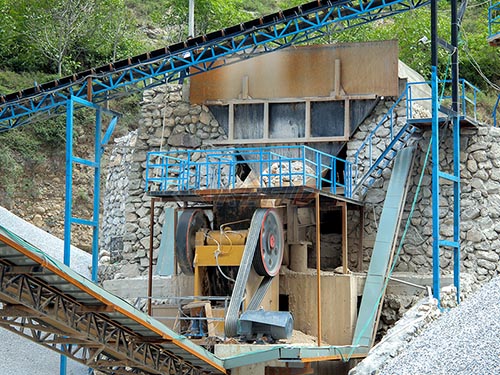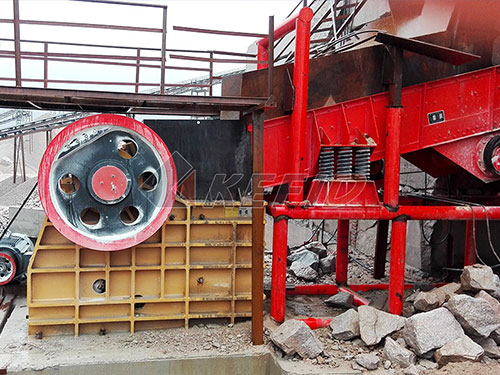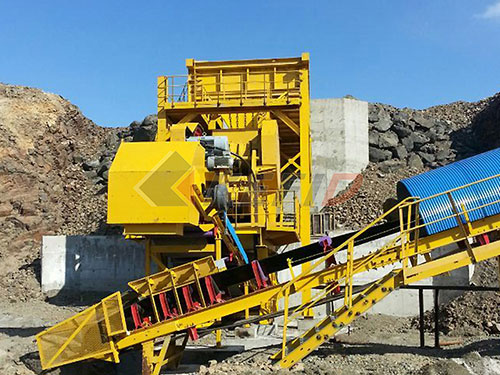The Indispensable Powerhouse: How Car Crusher Grapple Attachments Revolutionize Scrap Processing
In the dynamic world of scrap metal recycling and demolition, efficiency isn’t just desirable; it’s the lifeblood of profitability and environmental responsibility. At the heart of processing mountains of end-of-life vehicles (ELVs) stands the formidable car crusher – a machine designed to compact entire automobiles into dense, transportable packages of scrap metal. Yet, feeding these powerful crushers efficiently and safely presents a significant logistical challenge. This is where the Car Crusher Grapple Attachment emerges not merely as a tool, but as a transformative force in modern scrapyards and recycling facilities.
Beyond Simple Grappling: Understanding the Core Function
A Car Crusher Grapple Attachment is far more sophisticated than a standard material handling grapple or demolition claw typically seen on excavators or material handlers. While sharing some visual similarities – primarily multiple tines or jaws operated by powerful hydraulic cylinders – its design is meticulously engineered for one primary mission: to efficiently pick up entire vehicles or large sections thereof and precisely position them into the feed chamber of a mobile or stationary car crusher.
The challenges it overcomes are substantial:
1. Size and Weight: Vehicles are bulky, awkwardly shaped objects.
2. Structural Integrity: Crushed or damaged vehicles often have compromised structures that can collapse unpredictably.
3. Hazardous Components: Potential fluids leaks (oil, coolant), sharp edges, glass shards, and undeployed airbags necessitate safe handling.
4. Feeding Precision: Consistently placing vehicles correctly into the crusher’s maw is crucial for smooth operation and preventing jams.
5. Speed: Processing volume directly impacts revenue; slow feeding bottlenecks the entire operation.
Anatomy of Efficiency: Design Features

What sets a dedicated car crusher grapple apart? Several critical design elements work in concert:

1. Robust Construction & High Strength Steel: Built to withstand immense forces generated by lifting heavy vehicles (often exceeding 10 tons) and resisting twisting moments during manipulation under load.
2. Optimized Jaw/Tine Configuration: Typically features fewer but much heavier-duty tines compared to general-purpose grapples (often 3-5 tines). These tines are:
Long & Curved: To reach deep under vehicle frames or bodies.
Reinforced & Wear-Resistant: Often featuring replaceable wear plates or tips at critical contact points.

Leave a Reply